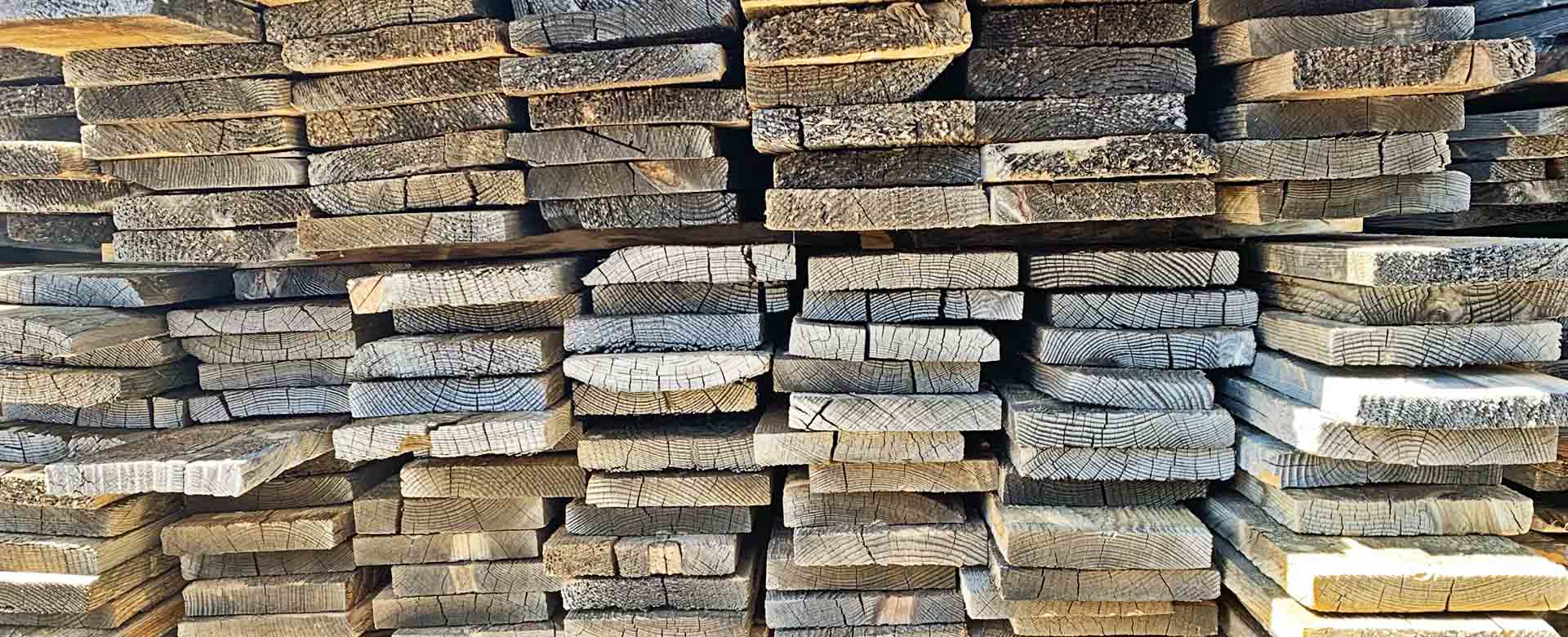To stack wood in a fireplace, arrange logs overlapping each other while leaving space for air circulation. Properly stacking wood ensures a top-down burn for optimal fire performance and efficiency.
Stacking wood in a masonry fireplace involves separating the wood by size, starting the fire on top of the pile, and allowing for adequate airflow. It’s essential to create a well-ventilated structure that promotes a steady and effective burn. By following these steps, you can ensure a well-stacked wood arrangement that provides warmth and ambiance in your fireplace.

Credit: www.lektowoodfuels.co.uk

Choosing The Right Wood
Selecting the Right Firewood is crucial for an efficient and safe fire in your fireplace. Different types of wood burn differently, so it’s essential to choose the right one.
Selecting The Right Firewood
When selecting firewood, opt for hardwoods like oak, maple, or hickory as they burn longer and produce more heat compared to softwoods like pine or spruce.
Seasoning And Storing Firewood
Seasoning your firewood is key to ensure proper burning. Store the wood in a dry, well-ventilated area to reduce moisture content.
Keep the firewood off the ground by using a raised platform or pallet to prevent moisture absorption. Stack the wood loosely to promote air circulation, aiding in the drying process.
Remember to rotate your firewood stock, using the oldest wood first to maintain dryness. This practice ensures you always have seasoned wood ready for burning.

Credit: www.lektowoodfuels.co.uk
Preparing The Fireplace
When stacking wood in a fireplace, it’s essential to arrange the larger logs at the bottom and gradually layer smaller pieces on top. Ensure proper airflow by leaving some space between the logs and consider using kindling to start the fire easily.
Cleaning The Fireplace
Start by removing any ash and debris from the fireplace.
Use a brush and dustpan to sweep the fireplace clean.
Checking For Proper Ventilation
Ensure that the flue is open to allow for proper airflow.
Check for any obstructions in the chimney that may hinder ventilation.
Stacking Techniques
When it comes to creating an inviting and efficient fireplace, the way you stack your wood can make a significant difference. Proper stacking not only helps to create a visually appealing display but also ensures a well-ventilated and long-lasting fire. In this section, we will explore various stacking techniques to make the most of your fireplace experience. Let’s delve into the top-down stacking method and alternative stacking methods.
Top-down Stacking Method
The top-down stacking method is a popular technique for achieving a clean and efficient burn. This method involves placing the largest logs at the bottom of the fireplace, followed by medium-sized logs and then smaller kindling on top. This allows for better airflow and easier ignition, as the fire burns from the top down. By adopting this method, you can create a longer-lasting and more consistent heat output while reducing the need for frequent tending of the fire.
Alternative Stacking Methods
While the top-down stacking method is widely favored, there are alternative stacking methods that can be equally effective. For instance, the crisscross stacking method involves intersecting the logs at right angles, which provides good airflow and stability. Another option is the parallel stacking method, where the logs are placed parallel to each other, allowing for a steady and controlled burn. Each of these methods offers its own set of advantages, and the choice of technique may depend on personal preference and the type of firewood being used.
Building And Lighting The Fire
For a successful fire, stack wood in the fireplace with larger pieces at the bottom, topped by kindling, and finish with smaller logs for proper airflow. This method ensures a steady burn and a cozy atmosphere in your home.
Arranging Logs And Kindling
When it comes to building a fire in your fireplace, arranging the logs and kindling properly is crucial for a successful burn. To start, place two pieces of firewood on the grate. This will provide a sturdy base for your fire. Next, crumple up some newspaper, which will act as your tinder, and place it between the firewood. Make sure to leave enough space for air to circulate.
On top of the newspaper, place the kindling. Kindling consists of small, dry sticks that will help ignite the firewood. Arrange the kindling in a crisscross pattern to create airflow and promote faster burning. Remember to keep the kindling pieces small and thin for efficient burning.
Once the kindling is in place, add one or two more pieces of firewood on top. Make sure to position them in a way that allows air to circulate around the logs. Avoid packing the firewood too tightly, as this can restrict airflow and inhibit proper burning.
Lighting The Fire Safely
Before lighting the fire, ensure that the area around the fireplace is clear of any flammable materials. Keep a fire extinguisher or bucket of water nearby in case of emergencies.
When it’s time to light the fire, use a long match or a fireplace lighter to ignite the newspaper at the base of the stack. Start from the top and work your way down, allowing the flames to catch on the kindling and eventually the firewood.
As the fire grows, add more firewood gradually, making sure to leave space for air circulation. Avoid overcrowding the fireplace, as this can smother the flames and reduce the efficiency of the burn.
Remember to never leave the fire unattended and always extinguish it properly before leaving the room or going to bed.
Conclusion
By arranging your logs and kindling properly and following safe lighting practices, you can ensure a well-built and efficiently burning fire in your fireplace. Enjoy the warmth and ambiance that a properly stacked fire can provide.
Maintenance And Safety Tips
When it comes to stacking wood in a fireplace, there are a few important maintenance and safety tips to keep in mind. By following these guidelines, you can ensure that your fireplace operates efficiently and safely. In this section, we will explore two crucial aspects of fireplace maintenance and safety: regular maintenance of the fireplace and practicing fireplace safety.
Regular Maintenance Of The Fireplace
Maintaining your fireplace is essential for optimal performance and longevity. Here are a few key maintenance tips:
- Inspect the chimney annually: Hire a professional chimney sweep to inspect and clean your chimney at least once a year. This will help remove any creosote buildup, debris, or potential blockages, reducing the risk of chimney fires or smoke intrusion into your home.
- Check for cracks or damage: Regularly inspect the interior and exterior of your fireplace for any cracks or signs of damage. Repair any cracks promptly to prevent further deterioration and ensure the fireplace remains structurally sound.
- Keep the firebox clean: After each fire, remove any ashes and debris from the firebox. Use a fireplace shovel and brush to clean out the ashes, taking care to dispose of them properly and safely. Too much ash can restrict airflow and reduce the efficiency of your fireplace.
- Monitor the chimney cap: Ensure the chimney cap is in good condition, free from blockages such as leaves or animal nests. A functioning chimney cap will prevent rainwater, animals, and debris from entering the chimney and causing damage or blockages.
Practicing Fireplace Safety
Fireplace safety is critical for protecting your home and loved ones from potential hazards. Here are some essential safety tips:
- Use a fireplace screen: Place a sturdy fireplace screen or glass doors in front of the fireplace opening to prevent sparks or embers from escaping. This can reduce the risk of accidental fires or burns.
- Properly stack the wood: Stack the wood carefully to create a stable and efficient fire. Ensure the wood is stacked securely, preventing it from falling into the room or onto the fire. Avoid stacking wood too close to the front of the fireplace or directly against the glass doors or screen.
- Keep flammable items away: Maintain a safe distance between your fireplace and any flammable items such as furniture, curtains, or decorations. This will reduce the risk of accidental fires.
- Never leave the fire unattended: Always supervise the fire when it is burning. Never leave the flames unattended, especially if there are children or pets around.
- Practice proper ash disposal: Allow the ashes to cool completely before disposing of them. Use a metal ash bucket with a tight-fitting lid to safely store the ashes until they can be properly disposed of.
By incorporating these regular maintenance and safety tips into your fireplace routine, you can enjoy a warm and cozy fire while ensuring the safety of your home and loved ones.

Credit: medium.com
Frequently Asked Questions On How To Stack Wood In Fireplace
What Is The Best Way To Stack Firewood In A Fireplace?
To stack firewood in a fireplace, lay logs overlapping, not too tight nor too spaced. Ensure air circulation around logs.
How Do You Arrange Logs In A Wood Burning Fireplace?
To arrange logs in a wood-burning fireplace, place two firewood pieces on the grate. Add crumpled newspaper between them as tinder, then place kindling on top. Finally, add one or two more firewood pieces, leaving space for airflow. This top-down method promotes efficient burning.
How Do You Load Wood In A Fireplace?
To load wood in a fireplace, start by placing two pieces of firewood on the grate. Crumple newspaper as tinder and place it between the firewood. Then, place kindling on top and add one or two more pieces of firewood, leaving enough room for air circulation.
How Do You Stack Firewood For Airflow?
To stack firewood for airflow, follow these steps: 1. Lay logs in the fireplace, overlapping each other. 2. Avoid packing the logs tightly or spacing them too far apart. 3. Leave enough room for air to circulate around the logs.
4. This allows for better burning and efficient airflow. 5. Check out tutorials on YouTube for a visual guide.
What Is The Most Effective Way To Stack Firewood In A Fireplace?
To ensure a top-down burn, stack the firewood in your masonry fireplace by separating it by size and starting the fire on top of the pile.
Conclusion
Stacking wood in a fireplace is an essential skill for efficient and warm fires. By following the top-down method, you can ensure better airflow and easier ignition. Remember to use different sizes of wood and leave space for air circulation.
With these steps, you can enjoy cozy evenings by the fire.